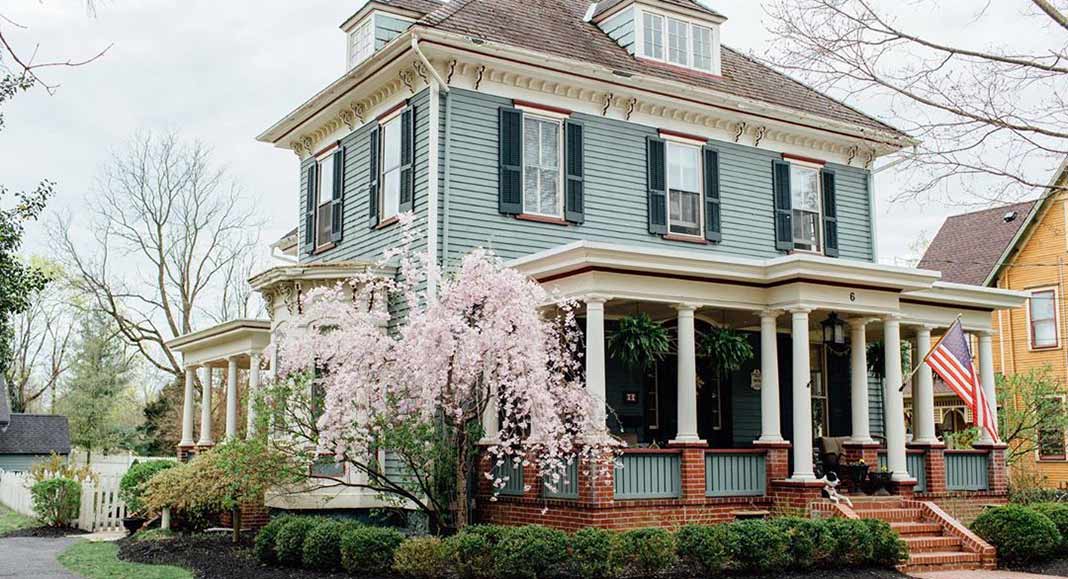The charming allure of older homes, with their intricate architectural details and rich histories, is undeniable. However, behind those decorative cornices and antique wooden floors, there may lie a multitude of energy inefficiencies and hidden surprises. Let’s dive into the energy challenges of older homes and uncover the mysteries they might be concealing.
1. Inadequate Insulation
Many older homes were constructed in eras when insulation technology was in its infancy. This can mean thin walls, insufficient attic insulation, and gaps that allow drafts.
What You Might Find: Over the decades, insulation can deteriorate. Materials may settle, become damaged by pests, or be compromised by water infiltration.
2. Gaps in Windows and Doors
Historical homes often showcase original wooden windows and doors. While they add to the home’s authenticity, they’re typically not great for energy conservation.
What to Watch Out For: Wooden frames can warp or rot over time, creating spaces that let in cold air. The absence or deterioration of weatherstripping can further exacerbate the problem.
3. Outmoded Heating and Cooling Systems
It’s not uncommon to find archaic heating systems, like oil burners or coal furnaces, in vintage homes. These systems are usually less efficient and could pose safety risks.
A Deeper Look Reveals: Ductwork in older homes might be outdated, leading to energy leaks or even posing a fire risk if not well-maintained.
4. Old-Style Lighting
Before LED and CFL bulbs became mainstream, homes relied on incandescent bulbs, which consume more energy and don’t last as long.
Another Aspect to Consider: The wiring system in many older homes might not only be geared towards these inefficient bulbs but could also be aged or frayed, posing safety concerns.
5. Potential Hazards
Beyond the realm of energy, older homes might house materials that are now known to be hazardous, such as asbestos insulation or lead paint.
An Important Note: Some risks are structural. Years can lead to foundational issues, termite damage, or other problems that threaten the home’s stability.
6. Absence of Modern Energy-Efficient Features
Constructed before the green revolution, these homes lack contemporary features like solar panels or energy-efficient appliances.
The Implication: Homeowners might be missing out on the cost savings of reduced energy bills and potential tax credits or incentives for eco-friendly homes.
Retrofitting for Modern Efficiency:
Thankfully, even older homes can be updated for better efficiency:
- Upgrade Insulation: Modern insulation materials can significantly enhance a home’s energy conservation.
- Renovate Windows and Doors: Consider energy-efficient models or improve sealing with weatherstripping.
- Revamp Systems: Transition to modern, efficient heating and cooling units.
- Choose Efficient Lighting: Opt for LEDs or CFLs to save energy.
- Engage a Home Inspector: Ensure any home, especially an older one, is thoroughly examined for both energy inefficiencies and potential hazards.
In summary, older homes, while rich in history and charm, may come with their set of challenges. With thoughtful interventions and upgrades, it’s entirely possible to meld the past’s beauty with today’s efficiency standards.
Bridging the Past with Present-Day Efficiency:
Older homes captivate us with their character and stories, but they can also bring challenges that modern homes don’t typically face. While embracing the past, homeowners needn’t compromise on today’s comforts or safety. At Alabama Attic & Crawlspace, we specialize in seamlessly integrating modern energy solutions into vintage homes, ensuring that they’re not only beautiful but also efficient and safe.
Do you own a charming older home and are curious about its energy efficiency? Let our team help you unlock its potential without compromising its historic charm. Reach out to Alabama Attic & Crawlspace today, and let’s bring your home gracefully into the 21st century.

